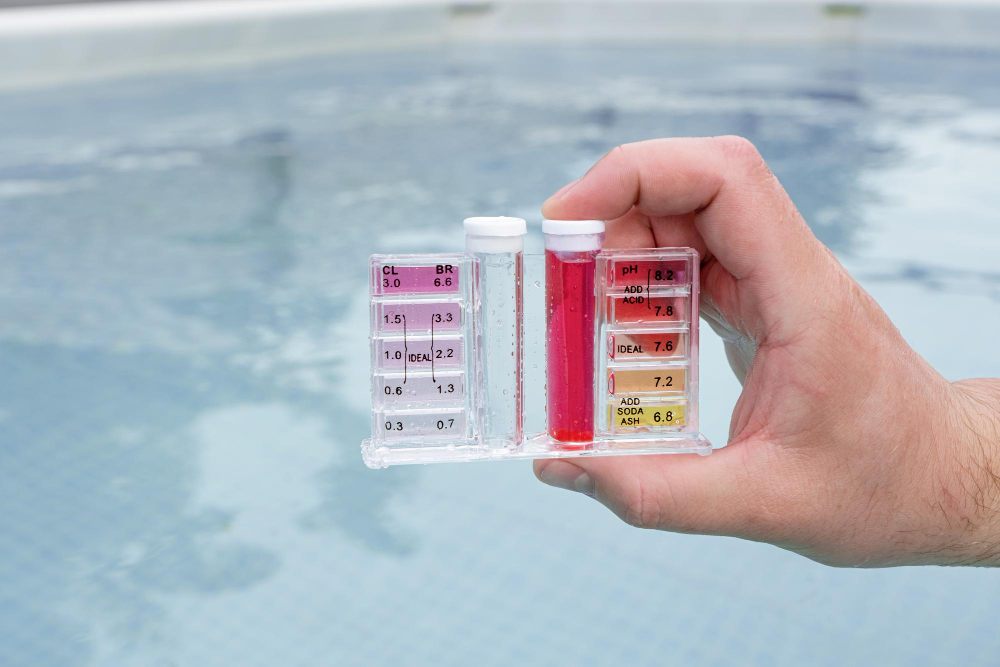
Owning a pool in sunny Orlando, FL, is a luxury that comes with the responsibility of proper maintenance to ensure it's safe and enjoyable. One of the most crucial aspects of pool maintenance is regular water testing. Whether you're a seasoned pool owner or new to the game, understanding the process of testing pool water is essential for health, safety, and the longevity of your pool equipment.
Testing your pool water is not just about keeping it crystal clear; it’s about health and safety. Poorly maintained pool water can harbor bacteria and algae, leading to skin irritations and other health issues. Additionally, imbalanced water can cause costly damage to pool equipment and surfaces.
Proper pool water testing ensures that chlorine and pH levels are balanced, which prevents harmful microorganisms from thriving. It also helps in maintaining the right level of alkalinity and calcium hardness, which protects your pool surfaces and equipment from corrosion and scaling.
Before you begin testing, ensure you have the right tools. Generally, you’ll need:
When testing your pool water, focus on these key parameters:
Collect all necessary materials before starting the testing process. Ensure that your test kits or strips are not expired for accurate readings.
Use a clean container to collect water approximately 18 inches below the surface, avoiding skimming debris. This will give you a representative sample of your pool's chemistry.
Using your test kit or strips, measure the chlorine and pH levels first. Follow the instructions carefully, noting the color changes and compare against the provided guide.
Add the recommended reagent drops to your sample, swirling gently. Count the drops until the water changes color, then match this number against the guide to determine the alkalinity level.
Repeat the same process for calcium hardness using the specific reagent for this test. It’s crucial for preventing scale and corrosion.
This test may involve mixing a reagent with your sample until a certain cloudiness or color is achieved. Refer to your test kit instructions for precise steps.
After testing, immediately record your results to track changes over time. Use pool chemicals as necessary to adjust any imbalances. For example, add chlorine or pH reducers as needed based on your findings.
For optimal pool health, test your water at least once a week. During the summer months or periods of heavy usage, increase testing frequency to twice a week.
Even with regular testing, you may encounter some common pool water issues:
While home testing kits provide a great way to maintain your pool, professional pool services can offer deeper insights, especially in tricky situations. If you’re in Orlando, FL, Pure & Simple Poolcare offers comprehensive pool maintenance services, including detailed water testing, cleaning, and chemical balancing.
Testing your pool water is an essential part of maintaining a healthy and inviting swimming environment. With the right tools and knowledge, you can manage your pool's chemical balance efficiently.
For those who prefer leaving it to the experts or if you need professional advice, contact Pure & Simple Poolcare in Orlando, FL. They offer free estimates and are ready to assist in maintaining your pool's pristine condition.